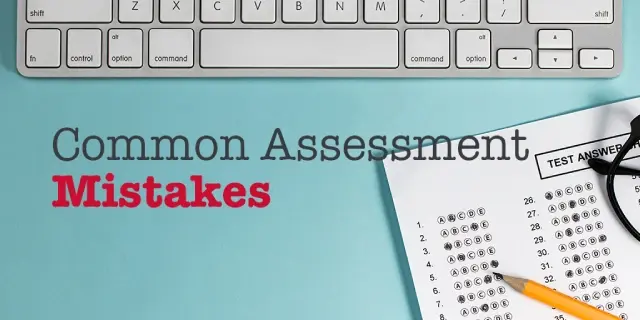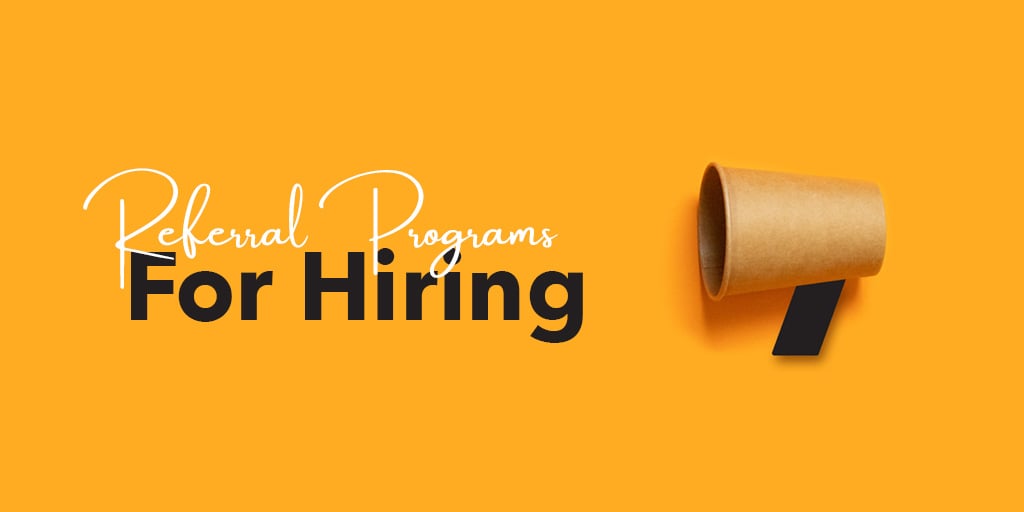Despite ongoing recession concerns and recent layoffs among tech giants like Microsoft, Meta, and Amazon, the service industry remains a tight labor market—especially the restaurant sector.
As you compete for qualified candidates, know that every potential hire is also making a choice between your company and all the other job opportunities they’re applying for. In fact, hourly workers typically apply to several jobs at once—often up to eight at a time.
Which is why doing the bare minimum as a hiring manager no longer cuts it. Be passive, and you risk losing candidates to your competitors. The impression you (and your business) make during the hiring phase can even influence employee retention weeks or months in the future. So, how can you start things off right with applicants?
To create a better applicant experience and improve the hiring effectiveness at your company, you need to know the three common mistakes most hiring managers make and how to avoid them.
Mistake 1: Not putting pay and benefits in your job postings
Like every hiring manager, you’ve got certain expectations in mind when it comes to your ideal employee. Whatever combination of skills, experience, attitude, or personality that is, you know what it takes to thrive at your business. Candidates have their own criteria they’re evaluating potential jobs against too.
Pay and benefits are important factors for hourly workers when choosing a new job opportunity. When that information isn’t included in a job posting, it can deter serious applicants.
In contrast, job postings that include pay and benefits can increase initial applicant interest and boost your visibility on sites like Indeed. On average, Workstream customers who post pay and benefits see 65% more applicants. In this economy, qualified candidates have more options than ever before. By immediately showing them why they should apply, you’re at an advantage.
Highlighting pay in job descriptions is the first step. Check out our tips below.
To effectively communicate how the benefits package you offer increases your total employee compensation, try the following four strategies:
- Prioritize benefits that supplement pay: For an employee, perks such as a free meal during a shift can be seen as a $10 or $15 daily benefit. Family discounts, the potential for bonuses, or tip shares are other benefits that add to an employee’s compensation.
- Call out growth opportunities: Among hourly employees considering leaving their jobs, 41% cited a lack of advancement opportunities as their reason. So, if a new hire at your company can become a shift lead within six months, mention it in your job posting. It shows you’re offering a long-term opportunity and are willing to reward people for it.
- Avoid vague benefits and terms. Phrases like “great atmosphere” and “lots of growth potential” are overused and lack meaning. Although many applicants want to work for a mission-driven company, that’s not as important as knowing you’ll be fairly compensated.
- Call out flexibility. We all have lives outside of work. An employer willing to be a little more flexible than others is a big deal. Besides attracting applicants, it encourages retention in the workplace. Give specific examples in your job descriptions, like how you can customize schedules to fit an employee’s needs or if an on-call calendar is available.
By writing clear and accurate job descriptions, you set the standard for the quality of applicants your business attracts. It’s also a helpful way of letting your candidates know exactly what they’re getting themselves into while reducing the odds they’ll quit right away after being hired.
Mistake 2: Not messaging applicants enough
In most situations, timing is everything—the hiring process is no different. Especially when your business is actively competing for the best applicants in the area. Remember, when people are applying for your job, it’s almost a given that they’re exploring other job opportunities all at once.
As the employer, this means timely and transparent communication with applicants is critical.
Strive to engage with them as soon as possible. It’s important to show potential hires that you're proactive about filling job positions and finding out if they’re a good fit at your company. It’s why Workstream clients who manually message most of their applicants experience 67% fewer no-shows when compared to those employers who rarely or never message applicants.
The benefits of a timely and transparent communication strategy are clear:
- You have a 2.4x greater chance of hiring when you proactively contact applicants first
- You have a 25% greater chance of hiring when you contact applicants within an hour of receiving their application
Unfortunately, most hiring managers are unaware of their poor communication practices and the negative effects they might have on prospective employees. Like making the mistake of waiting too long to reach out after receiving an application. Not sending out reminders about upcoming interviews. Or accidentally repeating messages due to uncertainty over who's been contacted.
Without frequent communication with your applicants, it’s natural for them to feel unimportant and overlooked. To demonstrate to everyone that they’re a priority to you and your business:
- Set a goal for how often to message applicants during the hiring process and stick to it
- Use a combination of automated and personalized messages throughout your strategy
- For efficiency and consistency, use automated messages for stages in the process, like when additional information is needed or an application was successfully received
- Use personalized messages at more critical stages in the process, like giving a job offer
Great communication between employers and applicants is the basis of a successful recruiting strategy. Without it, your company risks losing potential hires and top talent to the competition.
Mistake 3: Limited interview availability
Most hiring managers agree interviewing people is a time-consuming part of the hiring process.
But if you think finding time in your busy schedule to meet applicants is frustrating, look at things from their side. When you only schedule interviews at your convenience, it limits your availability at the expense of your candidates—without regard for their time or current work responsibilities.
By automating the interview process, your business can spare your interviewers and applicants the time and frustration of manual scheduling (or playing phone tag) to coordinate a job interview. With an ATS system like Workstream in place, you easily set your own availability and allow applicants to schedule their own interviews.
This will help you prioritize the dates and times of the week when you can interview—while also giving candidates the freedom to choose from those options without needing to contact you first.
With Workstream, applicants can self-schedule and interview in as little as 60 seconds. They’re also 2.6x more likely to accept an offer when they can schedule their own interview immediately. And there’s a 16% greater chance of hiring applicants who interview the same week they apply.
Streamlining the interview stage of your company’s hiring process is worth the effort. It helps you get the right candidates in the door before they accept an offer somewhere else. And a smooth and fast interview process leaves a good impression on your new hire, decreasing premature turnover.
High turnover rates don’t only affect your recruitment strategy. Hiring less serious candidates can bring unneeded stress, decreased productivity, and lower morale to your workplace. Remember, since all these problems can be traced back to the interview, they’re also avoidable.
Conclusion
Hiring managers who leave pay or benefits off job postings, don’t message applicants enough, and don’t offer candidates the ability to schedule interviews quickly can diminish the overall applicant experience.
With a more effective recruitment strategy, it gets easier to identify candidates who are the right fit for your business, enjoy the kind of work you do, and are more likely to stay for the long term. By prioritizing the applicant experience, you also ensure your company’s success in the future.





